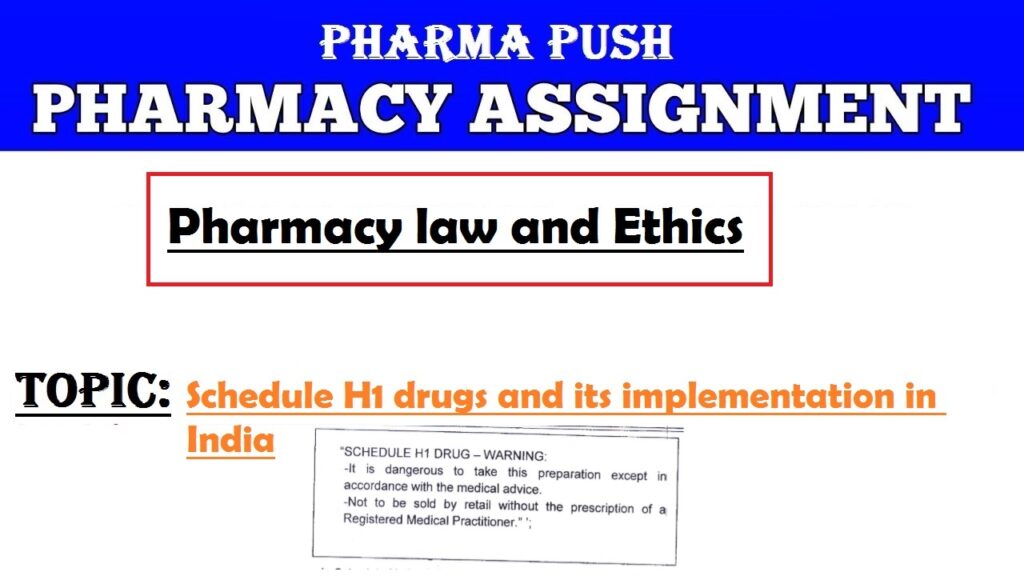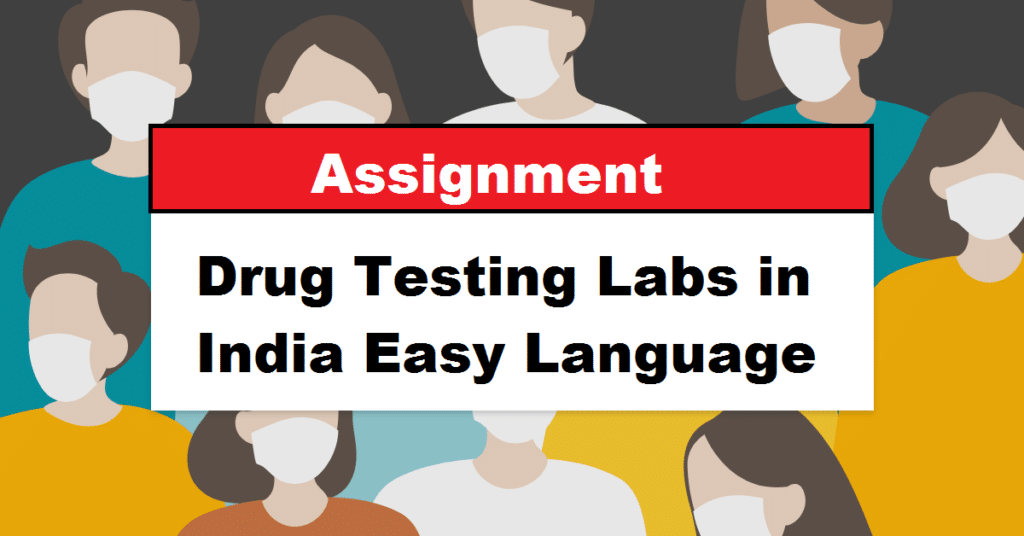A Generic drug is a pharmaceutical drug that contains the same chemical substance as a drug that was originally protected by chemical patents. Generic drugs are allowed for sale after the patents on the original drugs expire. Because the active chemical substance is the same, the medical profile of generics is equivalent in performance compared to their performance at the time when they were patented drugs.
A generic drug has the same active pharmaceutical ingredient (API) as the original, but it may differ in some characteristics such as the manufacturing process, formulation, excipients, color, taste and packaging.
Generic drugs are medications that are equivalent to brand-name drugs in terms of safety, efficacy, and intended use. However, they are usually marketed under their chemical or generic name, rather than a brand name. When a pharmaceutical company develops a new drug, it is granted a patent, giving it exclusive rights to sell the drug for a certain period, typically around 20 years. Once the patent expires, other manufacturers can produce and sell generic versions of the drug.
Here are key aspects of generic drugs:
- Active Ingredients: Generic drugs contain the same active ingredients as their brand-name counterparts. The active ingredient is the chemical substance responsible for the therapeutic effect of the drug.
- Safety and Efficacy: Generic drugs must undergo a rigorous approval process to ensure they are as safe and effective as the brand-name version. Regulatory authorities, such as the U.S. Food and Drug Administration (FDA) in the United States, evaluate the generic drug’s bioequivalence to the brand-name drug. This means that the generic drug must have the same rate and extent of absorption as the brand-name drug.
- Quality Standards: Generic drugs must meet the same quality standards as brand-name drugs. This includes manufacturing processes, purity, and stability. Generic manufacturers must demonstrate that their facilities and processes adhere to Good Manufacturing Practices (GMP).
- Appearance and Packaging: While the active ingredients must be the same, generic drugs may have different inactive ingredients (fillers, binders, etc.) and may look different from the brand-name version. The color, shape, and packaging of generic drugs may also differ.
- Cost Savings: One of the main advantages of generic drugs is that they are usually more affordable than their brand-name counterparts. This can result in significant cost savings for both consumers and healthcare systems.
- Availability: Once the patent protection for a brand-name drug expires, multiple generic versions may enter the market, fostering competition and further reducing prices.
- Prescription Interchangeability: In many countries, generic drugs are considered interchangeable with their brand-name counterparts. This means that a pharmacist can dispense a generic drug instead of the prescribed brand-name drug without needing the prescriber’s permission.
You May Like: Schedule H1 drugs and its implementation in India
It’s important to note that while generic drugs are equivalent in terms of safety and efficacy, patients should consult with their healthcare providers if they have specific concerns or experience any adverse effects when switching from a brand-name to a generic medication.
Beginning of Generics
On September 24, 1984, in the 98th United States Congress, the act named The Drug Price Competition and Patent Term Restoration Act was passed, informally known as the Hatch-Waxman Act, encouraging the manufacture of generic drugs by the pharmaceutical industry and established the modern system of government generic drug regulation in the United States.
The requirement was an abbreviated new drug application (ANDA) to be submitted by the pharmaceutical companies to the regulatory authorities for getting the approval to market a generic drug. ANDA process does not require the manufacturer to carry out repeat testing of generics in animals which is often time-consuming, as their branded versions have already been tested and approved for the safety and effectiveness. They are formulated when patent and other exclusivity rights of the innovator have expired.
| Name of Generic Drugs | Indication | Price (Expected) |
| Paracetamol | Fever | Rs. 10/10 tablets |
| Amoxicillin | Bacterial Infection | Rs. 30/10 tablets |
| Cefixime | Bacterial Infection | Rs. 225/10 tablets |
| Ofloxacin | Diarrhea | Rs. 92/10 tablets |
Generic drug manufacturers do not have to spend extra money for drug discovery and preclinical and clinical trials. Generics are available at a lower cost; they provide an opportunity for savings in drug expenditure in a country.
Reference
- Generic Drug Facts, Center for Drug Evaluation and Research, U.S. Food and Drug Administration, 2017-10-06, retrieved 2017-11-11
- “What’s the difference between brand-name and generic prescription drugs?”. Scientific American. Retrieved 2017-11-11.
- “Food & Drug Administration, Generic Drugs: Questions and Answers”. Food and Drug Administration. January 12, 2010. Retrieved 2010-02-03.
- Kelly C. The balance between innovation and competition: The Hatch-Waxman act, the 2003 amendments, and beyond. Food Drug Law J. 2011;66:417–78. [PubMed] [Google Scholar]



Very good. But how to print with fees?
MAIL ON MY GMAIL AND PROVIDE A PDF